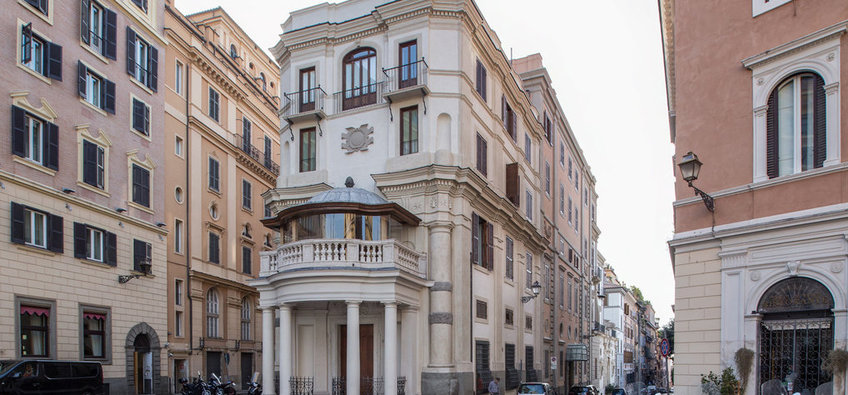
Bibliotheca Hertziana - Max Planck Institute for Art History
The Bibliotheca Hertziana is recognized internationally as a unique centre dedicated to research in Italian art history. Having emerged from a foundation championed by Henriette Hertz (1846–1913), it was opened in 1913 as an institute of the former Kaiser Wilhelm Society in Rome. The Institute is committed to research in the visual arts and architecture from antiquity to the 20th century, and the significance this holds for European culture.
Current research focuses of the Bibliotheca Hertziana are the global South, in particular southern Italy, the Mediterranean region and Latin America. Since 2015, research on the Middle Ages and its reception, on the representations of spaces in texts and maps, and on Naples has been a particular priority; since 2017, the project ‘Rome Contemporary’ has also placed a focus on modern and contemporary art.
The Institute is committed to training outstanding scholars through numerous research funding programmes for doctoral and postdoctoral students. In addition, internationally renowned scholars are regularly invited to conduct research at the Bibliotheca Hertziana as well as supported with museum scholarships.
Contact
Via Gregoriana 2800187 Rom
Phone: +39 0669993 1
Fax: +39 0669993 333
PhD opportunities
This institute has no International Max Planck Research School (IMPRS).
There is always the possibility to do a PhD. Please contact the directors or research group leaders at the Institute.





